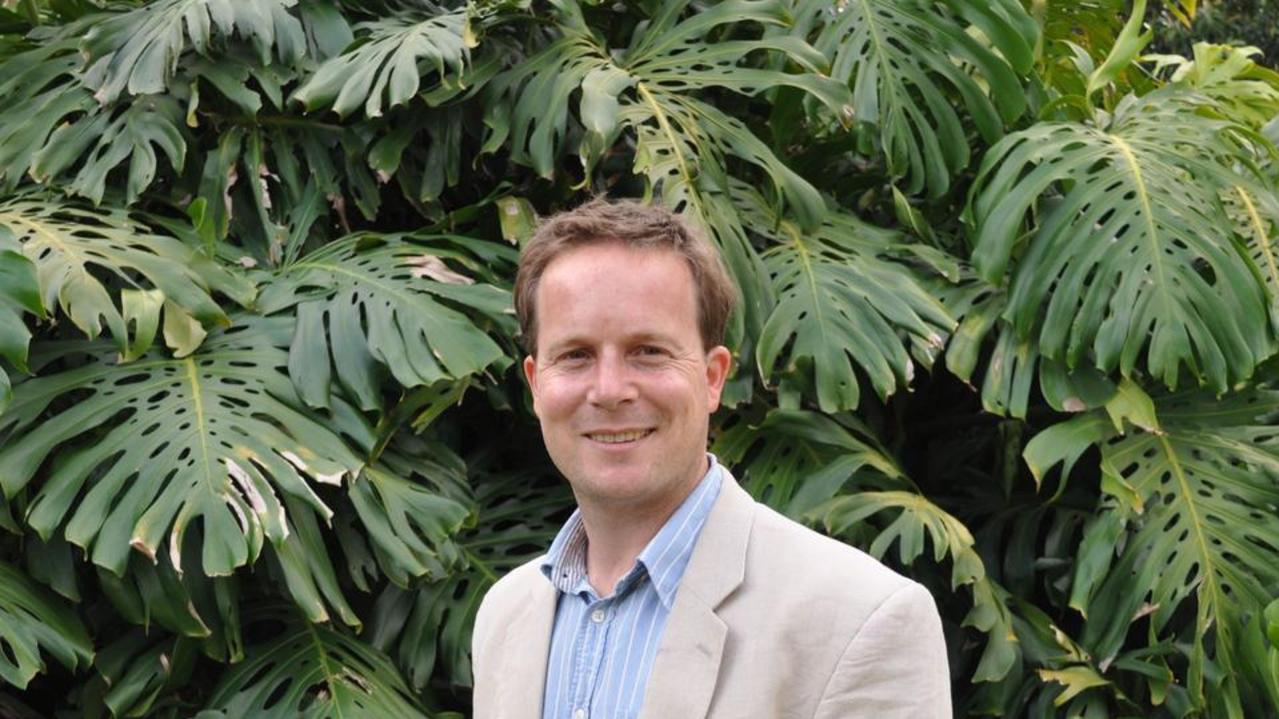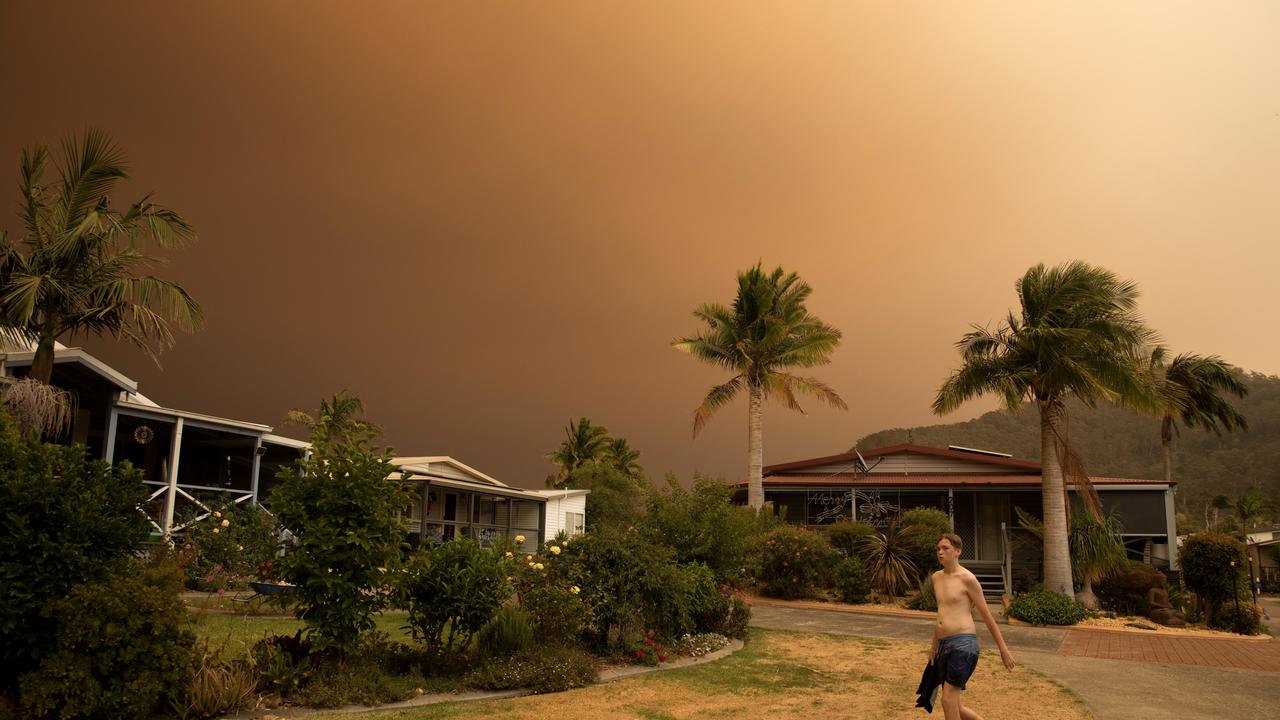Emissions targets and actions not enough to avoid climate catastrophe, new report finds
The update comes as the nation confronts an unsettled feeling over a hotter than average start to Spring and another dangerous fire season ahead.
Australian climate experts have found that current national emissions targets are not enough to avoid the catastrophic impacts of climate change.
The Climate Council has released its latest review of evidence on the changing climate and what it will take for us to avoid catastrophic impacts, the first update since its last report was released in 2021.
The major outcome of the report is that emissions need to be cut down much faster to avoid the most devastating impacts of climate change.
“The impacts of climate change are accelerating and that of course drives home the need to cut emissions faster if we’re to still have a shot at avoiding a full blown catastrophe,” report author and Climate Council research director Simon Bradshaw said.

The Climate Council is urging that emissions need to be slashed by 75 per cent by 2030 and net zero achieved by 2035.
The current target is to reduce emissions by 43 per cent below 2005 levels by 2030, but current forecasts suggest we are on track to reduce them by just 32 per cent by 2030, according to the Department of Climate Change.
The update comes as the nation confronts an unsettled feeling over a hotter than average start to Spring and another dangerous fire season ahead.
“It’s been extremely concerning,” Dr Bradshaw said.
“I’ve been quite stunned by the ferocity of some of the events that have unfolded.”
Spring temperatures are predicted to soar above the annual average in every state, according to the Bureau of Meteorology, with some regions experiencing highs more than 15C above average this week.

“I think what has really come as a shock to many of us is the extremes that have come with these extraordinary temperature extremes that we’ve seen recently across much of Europe and that we are likely to see here in Australia as we go into another very hot summer,” Dr Bradshaw said.
“The evidence is that we are getting perilously close to some very dangerous points of no return.”
Already this spring, a single fire has burnt one million hectares of land in the Northern Territory, homes have come under threat from fires in Queensland’s Darling Downs, while emergency alerts have been issued in Western Australia.
In the last two years, scientists have observed an accelerated approach towards numerous tipping points of no return.

One that sticks out to the report authors is the slowing down of ocean currents over the last year.
“The ocean plays a huge part in driving our weather, regulating our climates and distributing heat and rainfall all around the world, giving us the conditions we need to grow our crops and to get our food and water,” Dr Bradshaw said.
“Those ocean currents are slowing down and that would have a big effect on temperatures and rainfalls, and again, those conditions that we depend on for survival. So it shows that climate change is here. It’s happening.”
As for what needs to be done, the Climate Council is calling on the federal government to live up to their election promise of strong action on climate.

“There have been some important incremental steps, like the safeguard mechanism reform, but we‘re at a point where incremental steps aren’t going to cut it,” Dr Bradshaw said.
“The government was elected on a mandate for strong action on climate change, and we’re saying it’s time that they lived up to that and started giving this challenge the urgency it deserves.”
Last week, Environment Minister Tanya Plibersek approved the expansion of the Gregory Crinum mine in Queensland until 2073 – it is the fourth new coal project approved since Labor’s election.
Dr Bradshaw said the government can start by putting an end to new coal and gas sites.
“What we should be asking of our leaders is, do we want to be remembered for having inched ahead with incremental changes that fell catastrophically short of what’s needed?
“Or do we want to be remembered for having seized the moment.”



